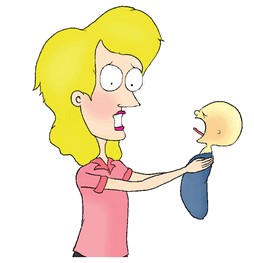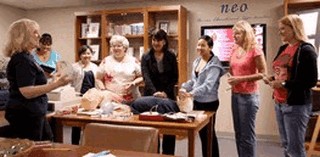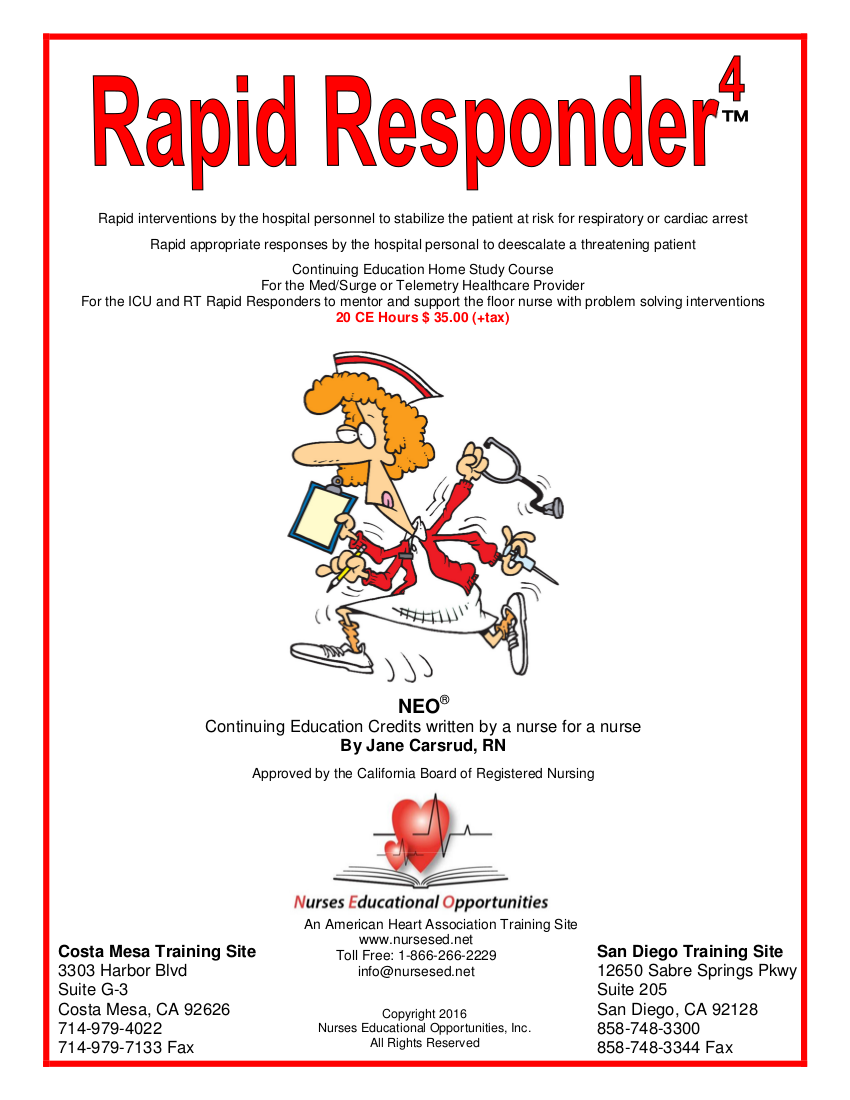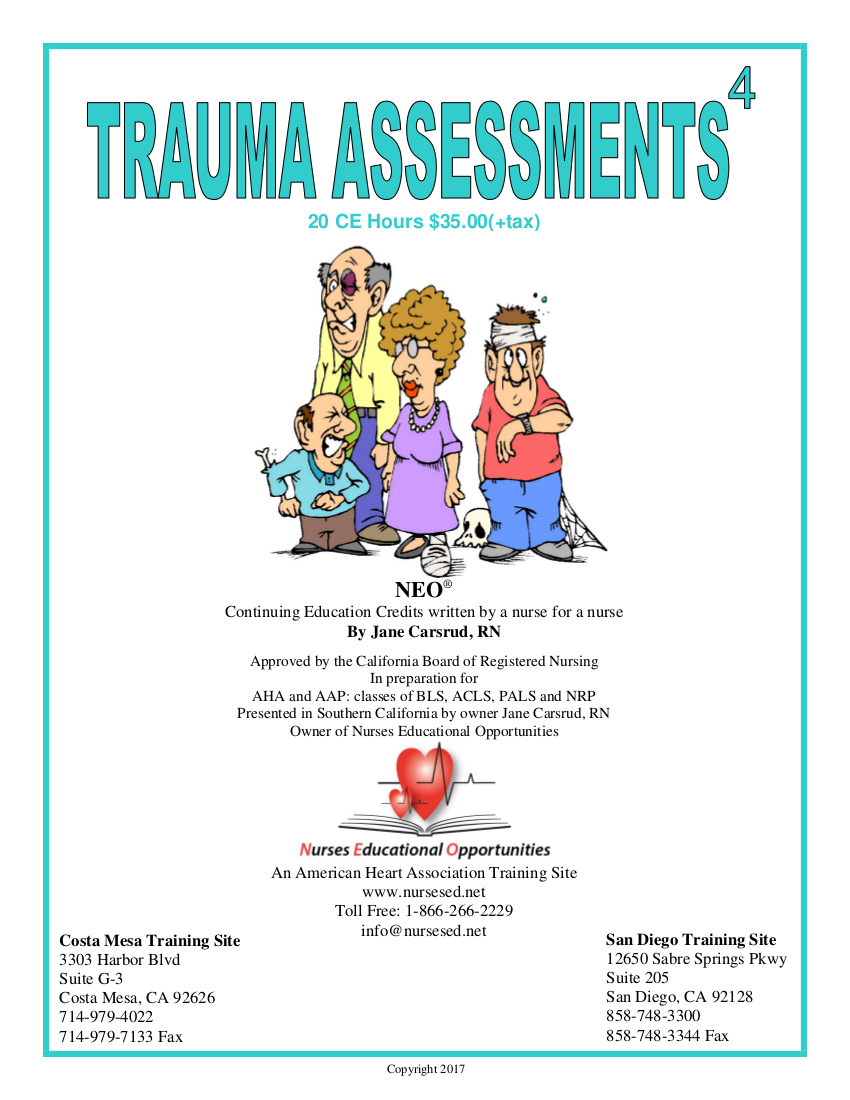
Safe Delivery through the First 24 Hours of Life
The public expects to receive safe quality care every time they interact with a healthcare provider and the health system. Healthy babies far outnumber those who are sick but maternal-child health professionals must remain vigilant for the unexpectedly sick or preterm infant. Adequate preparation includes education, skill acquisition, proper equipment, and trained personnel. Babies are vulnerable in the first few hours of life and short and long term outcomes may be affected by the actions taken in the first hours and days after birth. Accurate diagnosis monitoring and communication all contribute to the safety and improved outcomes.
For newborn emergencies of respiratory, cardiac, and gastrointestinal disorders consider taking Neonatal Assessment Course .
The decision about what to feed a newborn is frequently made by the mother long before giving birth. Consider the Birth and Beyond Breastfeeding Course. In this class we will discuss:
- The reasons for choice of formula versus breastmilk.
- The benefits of breastmilk to include the economic benefits.
- The barriers of breastfeeding.
We will discuss:
- Biospecificity of human milk that begins with colostrum to transitional milk to mature milk.
- Nutritional components of breastmilk to include water, fat, protein, carbohydrates and vitamins.
We will discuss how to effectively teach the new mother how to breastfeed her infant.
- Begin with skin-to-skin care immediately after birth to encourage bonding and attachment.
- Teach the new mother feeding cues.
- Teach the new mother proper latch and proper position.
- Teach the mother the signs of milk transfer.
- Teach the mother that frequent feeds will “bring in” her milk.
We will further teach the mother:
- The signs of adequate intake
- The value of feeding on cue is better than fixed feeding times.
- Pacifiers and manufactured nipples create nipple confusion.
- How to pump her breast
- How to store breastmilk
Before discharge the mother will need to understand the interventions for:
- Nipple pain
- Engorgement
- Perceived insufficient milk production
- Jaundice
- Candida (thrush)
- Plugged ducts
- Mastitis
The postpartum nurse will give the infant a bath. Before giving the bath the nurse should:
- Wait at least 12 hours after birth to give a bath. This encourages better breastfeeding.
- Make sure the infant’s temperature is 36.5 – 37.5 degrees C.
- Make sure the infant has no respiratory distress.
- Prepare bathing needs prior to bath to reduce exposure to a cold environment.
The postpartum nurse must inform the mother of safety precautions by:
- Identifying her baby by appearance alone.
- Demonstrating the use of bulb syringe.
- Cautioning her to not sleep with her baby.
- Telling her when she should notify the nurse.
- Making sure she does not allow anyone but the nurse to take the baby from the room.
The postpartum nurse needs to instruct Mother on the following concerns for providing a safe home environment:
- Always use a car seat to transfer the infant by car.
- Always put the baby “back to sleep” to prevent SIDS.
- Always have smoke detectors in place and replace the batteries once a year.
- Always keep hot liquid adult beverages away from the infant.
- Always keep the hot water heater below 40C.
- Always support the infant’s head and neck.
- Never shake the baby.
The postpartum nurse needs to know the hospital’s baby safe program employed in the hospital.
The postpartum nurse needs to have a good understanding of neonatal jaundice. We will discuss:
- Conjugation of bilirubin.
- Determining appropriate levels coordinated with the hours of life of the baby.
- Physiological jaundice.
- Pathological jaundice.
- Breastfeeding jaundice.
Circumcisions may be done before infant boys are discharged. We will discuss:
- The reasons for circumcision with health implications.
- This is an elective procedure and not covered by insurance.
- Parental Presence during Invasive Procedures.
The Genetic Screen is mandated to be collected on all babies born. We will discuss:
- The 31 disorders and their underlying cause.
- When to collect the Genetic Screen.
- How the collect the Genetic Screen.
- When to collect the Genetic Screen for the baby that has had a transfusion.
- The common causes of unsatisfactory specimens.
Immunizations that are required for the infant before he is discharged includes:
- Hepatitis B and possibly Immunoglobulin if the mother’s status is unknown or is screened positive for Hepatitis B
- There is no immunization for Hepatitis C
Routine prophylaxis treatment for a newborn is:
- Erythromycin ointment to protect the infant from eye infections from birthing. Breastfeeding Birth and Beyond wants you to hold this application until after the baby has initially breastfeed. The eye ointment obstructs his vision to find mother’s nipple.
- Vitamin K injections are given routinely to protect the infant from hemorrhagic conditions.
The newborn cannot communicate his needs. You are the infant’s advocate. You must keep the infant safe from preventable hospital errors and intervene when adverse situations occur.
To study these topics, join us for Adaptation of a Newborn Course. It’s a 4-hour course, and you’ll have a coursebook as a reference guide for this material.
Go Forth! Save Lives!
Jane




